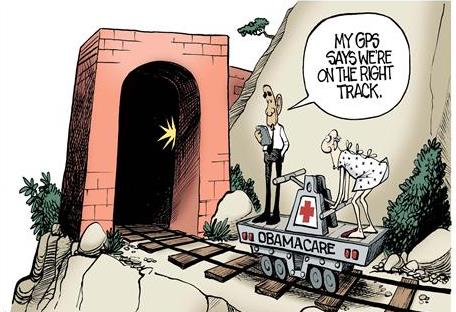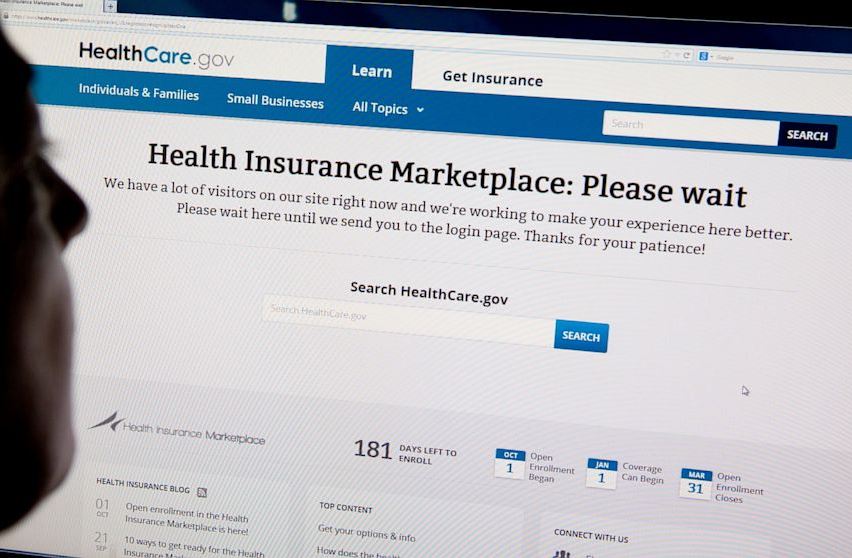“It’s Awful, Just Awful”
That’s how an insurance industry executive, who spoke on condition of anonymity, describes the prospect for a successful health insurance exchange, as reported in The New York Times:
Deadline after deadline was missed. The biggest contractor, CGI Federal, was awarded its $94 million contract in December 2011. But the government was so slow in issuing specifications that the firm did not start writing software code until this spring, according to people familiar with the process. As late as the last week of September, officials were still changing features of the Web site, HealthCare.gov, and debating whether consumers should be required to register and create password-protected accounts before they could shop for health plans…
By ea rly this year, people inside and outside the federal bureaucracy were raising red flags. “We foresee a train wreck,” an insurance executive working on information technology said in a February interview. “We don’t have the I.T. specifications. The level of angst in health plans is growing by leaps and bounds. The political people in the administration do not understand how far behind they are.”
rly this year, people inside and outside the federal bureaucracy were raising red flags. “We foresee a train wreck,” an insurance executive working on information technology said in a February interview. “We don’t have the I.T. specifications. The level of angst in health plans is growing by leaps and bounds. The political people in the administration do not understand how far behind they are.”
…just a trickle of the 14.6 million people who have visited the federal exchange so far have managed to enroll in insurance plans, according to executives of major insurance companies who receive enrollment files from the government. And some of those enrollments are marred by mistakes. Insurance executives said the government had sent some enrollment files to the wrong insurer, confusing companies that have similar names but are in different states. Other files were unusable because crucial information was missing, they said.

 Across Southern California the company has the lowest rates, with monthly premiums as much as $100 cheaper than the closest competitor in some cases. That will make it a popular choice among some of the 1.4 million Californians expected to purchase coverage in the state exchange next year.
Across Southern California the company has the lowest rates, with monthly premiums as much as $100 cheaper than the closest competitor in some cases. That will make it a popular choice among some of the 1.4 million Californians expected to purchase coverage in the state exchange next year.


